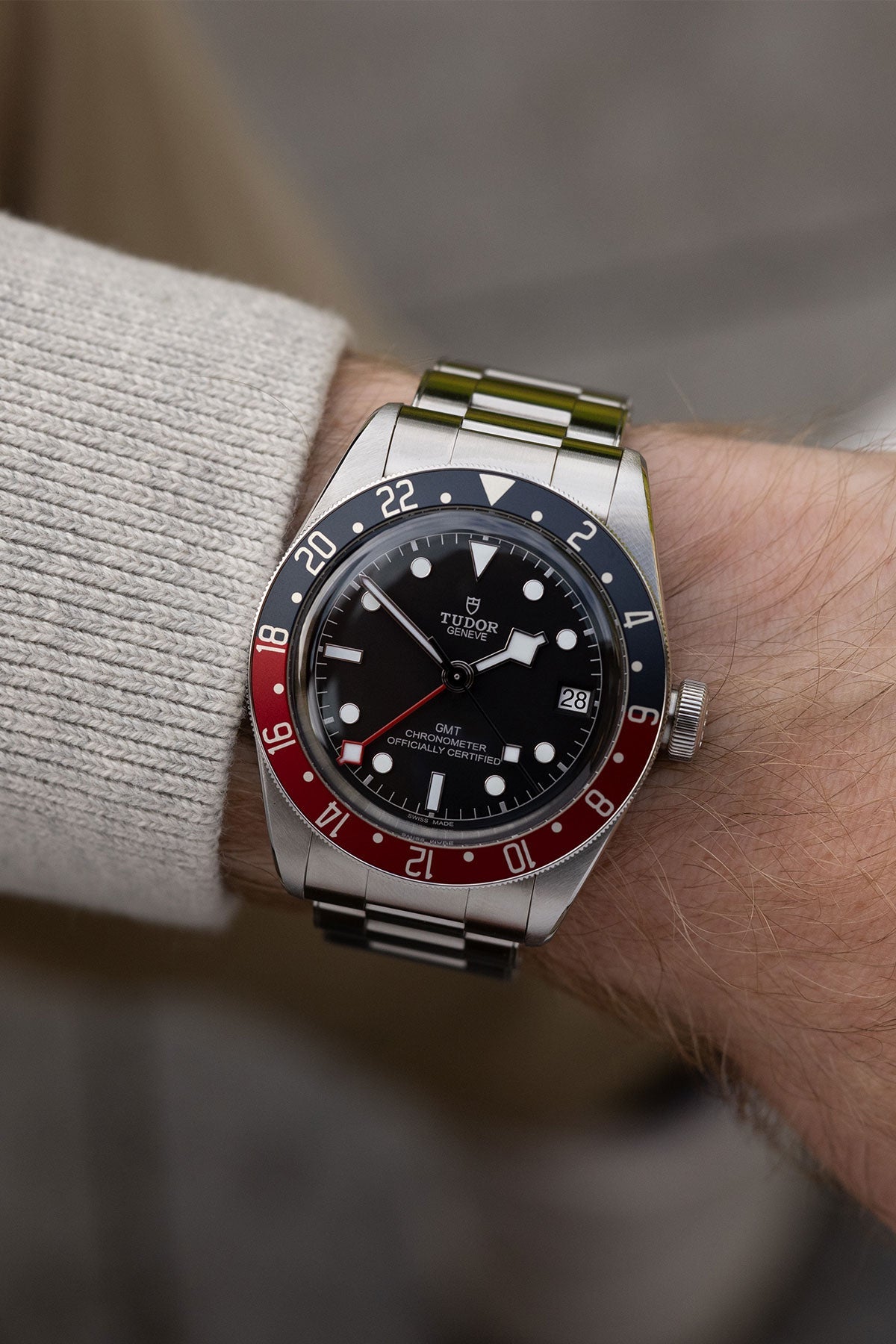Tudor: The Rolex of Yesteryear

In the world of luxury timepieces, Rolex has long been the benchmark; an enduring symbol of prestige, performance, and timeless design. But in recent years, Rolex has evolved into something else entirely: a true luxury icon, with prices climbing and availability becoming ever more elusive. For many enthusiasts, the Rolex of old (robust, reliable, and within reach) feels increasingly out of grasp.
Enter Tudor.
A Shared Heritage
To understand Tudor’s appeal, it’s important to start with its roots. Founded in 1926 by Hans Wilsdorf, the same visionary behind Rolex, Tudor was conceived as a more affordable alternative - offering Rolex quality and reliability, but at a more accessible price point. Tudor used standard Swiss movements in Rolex-quality cases, creating watches that could handle real-world wear without breaking the bank.
Fast forward to today, and Tudor seems to have inherited the spirit that once defined Rolex: practical, purpose-built watches with genuine heritage and design integrity—at prices that still make sense.
Value: Where Rolex Used to Be
Once upon a time, a Rolex Submariner cost less than £3,000. It was a tool watch, bought by divers, adventurers, and professionals, not just investors or collectors. Now, you’ll struggle to find one at retail for under £8,000—assuming you can even get on a waiting list.
Contrast that with the Tudor Black Bay line. The Black Bay 58, for example, offers a COSC-certified in-house movement, excellent finishing, and vintage styling reminiscent of early Rolex divers and all for around £3,500. It’s not just good value; it’s what Rolex used to offer.
Tool First, Trophy Later
Modern Rolex watches have become increasingly refined. Ceramic bezels, polished centre links, precious metals. Again, not a criticism, but the tool-watch ethos has given way to something more ornamental.
Tudor, on the other hand, still builds watches with a clear sense of purpose. The Pelagos is one of the best dive watches on the market, boasting 500 metres of water resistance, a titanium case, and a helium escape valve. The Black Bay Pro channels the functionality of classic GMTs, and the new Ranger is pure utility: legible, rugged, and honest.
These are watches you wear, not just admire.
The Shift in Roles
In many ways, Tudor and Rolex have switched places. Rolex has become the aspirational luxury piece - often unworn, frequently locked away. Tudor has taken up the mantle of the dependable, go-anywhere companion. A Tudor doesn’t need to prove anything. It’s a watch for those who value substance over status.
In Summary: Tudor is Rolex, Reimagined
If you find yourself longing for the Rolex of old: tool watches that were well-made, classically designed, and realistically priced, then look no further than Tudor. It’s not a budget version of Rolex. It’s a brand that has found its stride, leaning into the very qualities that once defined its older sibling.
And best of all? You can actually walk into a retailer and buy one. Or, from me, likely cheaper than from your AD.







